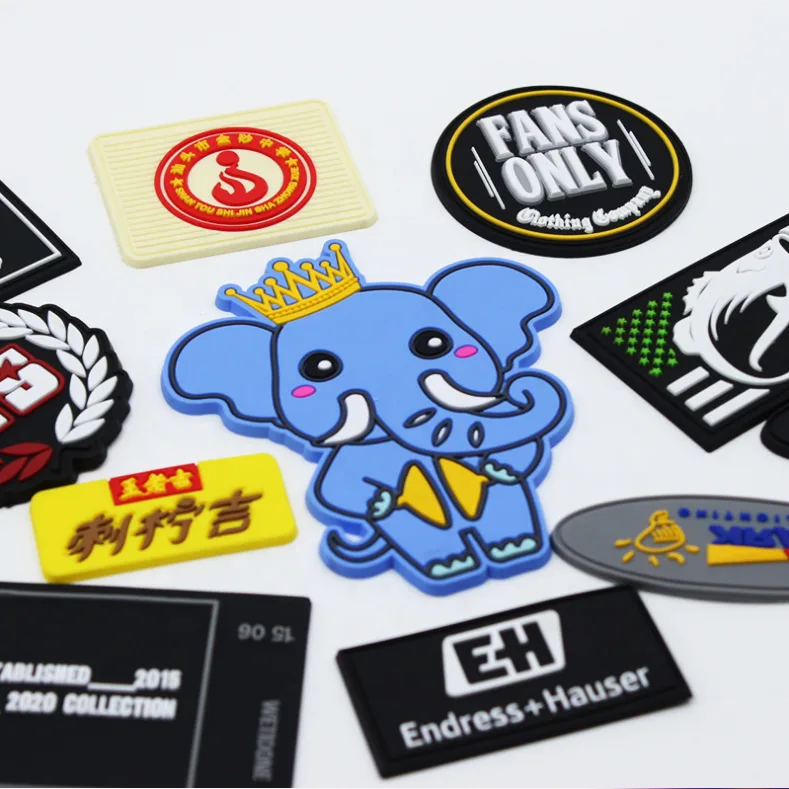
Estrutura Linear: A Estrutura Geral da Borracha Não Vulcanizada. Devido ao Grande Peso Molecular, a Cadeia Macromolecular Tem o Formato de uma Bobina Aleatória Sem Força Externa. Quando a Força Externa é Aplicada e a Força Externa é Removida, o Grau de Emaranhamento da Bobina Muda, a Cadeia Molecular se Recupera e Ocorre uma Forte Tendência de Recuperação, Que É a Origem da Alta Elasticidade da Borracha.
Estrutura de Cadeia Ramificada: A Agregação de Ramos da Cadeia Macromolecular da Borracha para Formar um Gel. Os Géis São Prejudiciais às Propriedades e ao Processamento da Borracha. Durante a Mistura da Borracha, Vários Agentes Compostos Frequentemente Não Podem Entrar na Área do Gel, Formando um Espaço Local, Incapaz de Formar Reforço e Reticulação, e Tornam-se uma Parte Fraca do Produto.
Estrutura reticulada: moléculas lineares são conectadas umas às outras por meio da ponte de alguns átomos ou grupos atômicos para formar uma estrutura de rede tridimensional. Essa estrutura continua a se fortalecer à medida que o processo de vulcanização avança. Dessa forma, a mobilidade livre do segmento diminui, a plasticidade e o alongamento diminuem, a resistência, a elasticidade e a dureza aumentam, e o conjunto de compressão e o grau de inchaço diminuem.
A origem e as características de aplicação da borracha de uso geral
Borracha de uso geral tem melhores propriedades abrangentes e é amplamente usada. Principalmente:
① Borracha Natural, Obtida do Látex de Hevea, A Composição Química Básica É Cis-poliisopreno. Boa Elasticidade, Alta Resistência E Bom Desempenho Geral.
②Borracha de isopreno, cujo nome completo é borracha cis-1,4-poliisopreno, é uma borracha sintética de alto cis feita de isopreno. Como sua estrutura e propriedades são semelhantes às da borracha natural, ela também é chamada de borracha natural sintética.
Borracha.
③ Borracha de estireno-butadieno, referida como Sbr, é obtida pela copolimerização de butadieno e estireno. De acordo com o método de produção, é dividida em borracha de estireno-butadieno polimerizada em emulsão e borracha de estireno-butadieno polimerizada em solução. Seu desempenho abrangente e estabilidade química são bons.
④Borracha cis-butadieno, o nome completo é borracha cis-1,4-polibutadieno, referida como Br, que é obtida pela polimerização do butadieno. Comparada com outras borrachas de uso geral, a borracha de butadieno vulcanizada tem excelente resistência ao frio, resistência ao desgaste e elasticidade, menos geração de calor sob carga dinâmica e boa resistência ao envelhecimento. É fácil de ser usada com borracha natural, neoprene, borracha nitrílica, etc.
⑤ A borracha de neoprene, denominada Cr, é obtida por
Polimerização de cloropreno. Tem bom desempenho abrangente, resistência a óleo, resistência a chamas, resistência à oxidação e resistência ao ozônio. No entanto, sua densidade é alta, é fácil de cristalizar e endurecer em temperatura ambiente, sua propriedade de armazenamento não é boa e sua resistência ao frio é ruim.
A origem e as características de aplicação da borracha especial
Borracha especial refere-se à borracha com algumas propriedades especiais.
Os principais são:
①Borracha de nitrila-butadieno, referida como Nbr, é obtida pela copolimerização de butadieno e acrilonitrila. Tem boa resistência ao óleo e resistência ao envelhecimento, e pode ser usada por um longo tempo no ar a 120 °C ou em óleo a 150 °C. Além disso, também tem resistência à água, estanqueidade ao ar e excelentes propriedades de colagem.
②Borracha de silicone, a cadeia principal é composta de átomos alternados de silício e oxigênio, com grupos orgânicos nos átomos de silício. Resistência a altas e baixas temperaturas, resistência ao ozônio, bom isolamento elétrico.
③ Borracha de flúor, uma borracha sintética contendo átomos de flúor em sua estrutura molecular. Geralmente é expressa pelo número de átomos de flúor de unidades contendo flúor no copolímero, como a borracha de flúor 23, que é um copolímero de fluoreto de vinilideno e clorotrifluoroetileno. A borracha de flúor é resistente a altas temperaturas, óleo e corrosão química.
④ Borracha de polissulfeto, que é formada pela policondensação de dihaloalcanos e polissulfetos de metais alcalinos ou metais alcalino-terrosos. Tem excelente resistência ao óleo e resistência a solventes, mas a resistência não é alta, a resistência ao envelhecimento e a processabilidade não são boas e tem um cheiro ruim. É frequentemente usada em combinação com borracha de nitrila. Além disso, há borracha de poliuretano, borracha de clorohidrina, borracha de acrilato e semelhantes.
O efeito da estrutura de borracha
O efeito das propriedades de reforço da borracha é principalmente na resistência à tração e resistência ao rasgo. A regra geral é: quando o tamanho da partícula é o mesmo, o negro de fumo de alta estrutura tem um grande efeito de reforço na borracha amorfa e geralmente tem maior resistência à tração. E resistência ao rasgo. A estrutura da borracha também é o fator mais importante que afeta a condutividade elétrica. A estrutura ramificada é fácil de formar um caminho condutor entrelaçado na borracha, o que melhorará a condutividade elétrica.


